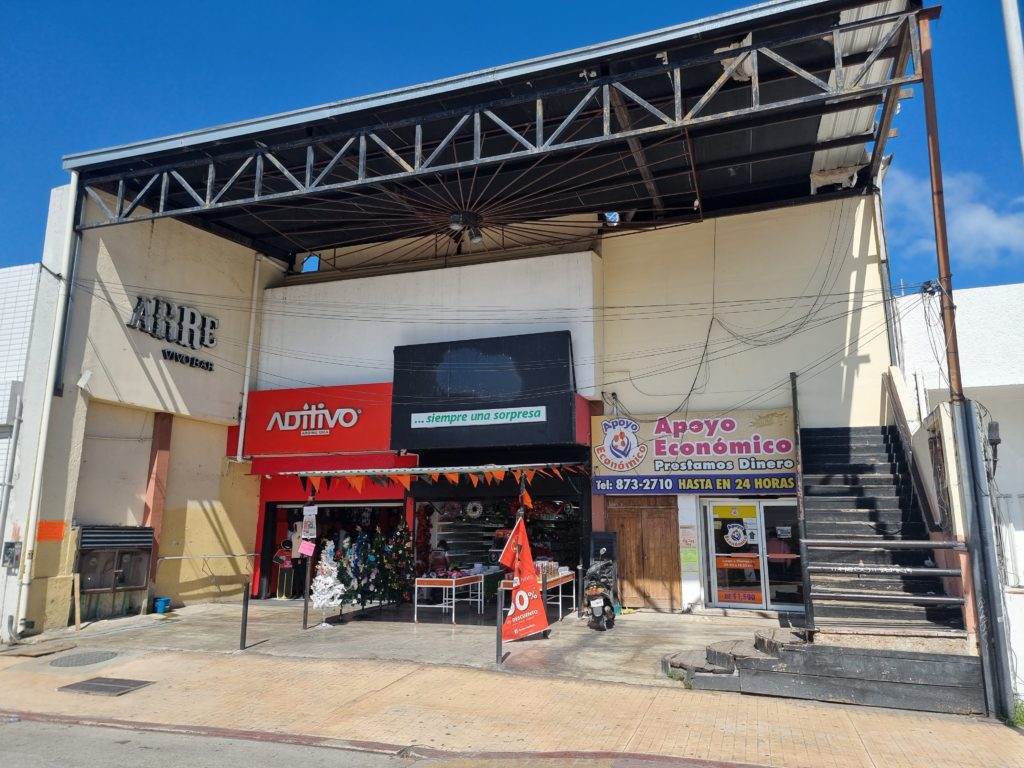By Duncan Tucker and Jan-Albert Hootsen*
Wearing a T-shirt, shorts and sneakers, the journalist Rubén Pat Cauich left Arre, a bar and live music venue in downtown Playa del Carmen, with a female companion shortly before 6 a.m. on 24 July 2018. According to state investigators, a slim man in his early thirties approached them as they descended the wooden steps out front. Presenting himself as a street vendor, the man offered them a flower before pulling out a pistol. He shot Pat several times from close range, killing him instantly.
Pat, 41, was the owner and founder of Semanario Playa News, a local media outlet that operates on Facebook. Playa News mostly covered crime, traffic, accidents, and local politics in and around Playa del Carmen and the nearby city of Cancún, both popular tourist destinations in the state of Quintana Roo on Mexico’s Yucatán Peninsula.
In the past, Quintana Roo was relatively untouched by organized crime, but in recent years it has grown increasingly violent. While the state never surpassed 200 homicides a year until 2017, official government data shows it has since averaged over 650 murders a year. With multiple groups fighting for control of the lucrative tourist drug market, reporting on crime and corruption has become a particularly hazardous pursuit.
In June 2017, Pat told the Committee to Protect Journalists (CPJ) that municipal police had briefly detained, beaten, and threatened him over his coverage of crime and police activity in Playa del Carmen. In May 2018, he enrolled in Mexico’s federal Mechanism for the Protection of Human Rights Defenders and Journalists.
The next month, on 29 June, his employee José Guadalupe Chan Dzib, who covered crime and politics for Playa News in the municipality of Felipe Carrillo Puerto, was shot dead in a bar in Sabán, a small town 100 miles southwest of Playa del Carmen.
I think I need to leave Playa del Carmen for a while. No one guarantees my safety
Rubén Pat
On 4 July, Pat spoke to CPJ over WhatsApp. He said he had received threats in the comment section beneath a recent Playa News article and complained that the Mechanism was not answering his calls. “I think I need to leave Playa del Carmen for a while,” Pat said. “No one guarantees my safety.”
Three weeks later, he too was killed.
The Mechanism had provided Pat with a panic button but Quintana Roo’s deputy attorney general told the press he had not been assigned bodyguards. A source close to Pat, whose identity has been withheld for the individual’s own protection, questioned the effectiveness of panic buttons, noting that the authorities are often slow to respond to alerts.
“I think he should have had all the maximum-security measures available. He should have had bodyguards because Rubén wasn’t just anyone,” the source said. “He should have had more protection from the Mechanism.”

Pat was the second of eight journalists who have been killed despite enrolling in the Mechanism since its foundation in 2012. Five years on, his killing remains unpunished. Pat’s family told Amnesty International and CPJ that neither state nor federal authorities have contacted them since filing the initial report of his killing.
“Rubén was an extravert, the kind of guy who caught your attention when he showed up. He was a good reporter who covered the police beat. He had a lot of contacts,” said Edgar Olivares Velásquez, a reporter for another local outlet, in an interview with Amnesty International and CPJ in November 2022.
A native of Veracruz, Mexico’s deadliest state for journalists, Olivares moved to Playa del Carmen in 2012 in search of a safer working environment following the murders of his colleague Víctor Báez and the prominent local correspondent Regina Martínez.
Yet Playa del Carmen would prove similarly dangerous. Olivares covered the local police beat alongside Pat, Chan and another reporter named Francisco Romero. Working the night shift together, the group would ride to crime scenes aboard the same vehicle for safety reasons and shared exclusives between their respective outlets to avoid putting any one of them at greater risk, Olivares said.
Olivares lost a third colleague in May 2019 when he pulled up at a crime scene, only to recognize a tattoo on the victim’s body. It was his friend Francisco Romero, who had also recently enrolled in the Mechanism.
“Days before they killed him, we were joking and took a selfie together,” Olivares said. “He had a little baby boy and he’d just tattooed his name on his arm.”
State authorities have stayed silent about all three killings of the Playa News reporters. There have been no arrests, no sentences, and no public statements about the investigations since they were initially opened.
They’re violating your freedom of expression and your freedom to work. It’s scary because it hits so close to home.
Edgar Olivares Velásquez
Last year Olivares and several other reporters left town for a while after they too suffered death threats, which they attribute to alleged members of criminal gangs. They all wanted to enroll in the Mechanism, he said, but eventually gave up after finding the requirements overly bureaucratic. Despite it all, Olivares refuses to quit his job because of his love for journalism.
“It’s difficult and sad because they’re violating your freedom of expression and your freedom to work. It’s scary because it hits so close to home,” he said of the murders of his three friends.
“You’re left with the [memory of the] friendship and the bitterness of knowing that a person you knew, who you hung out and worked with, was murdered… It’s sad, more than anything. I can’t find another word for it, well there are many, but above all sadness.”
*Duncan Tucker is the Americas media manager at Amnesty International. Jan-Albert Hootsen is the Mexico representative of the Committee to Protect Journalists

